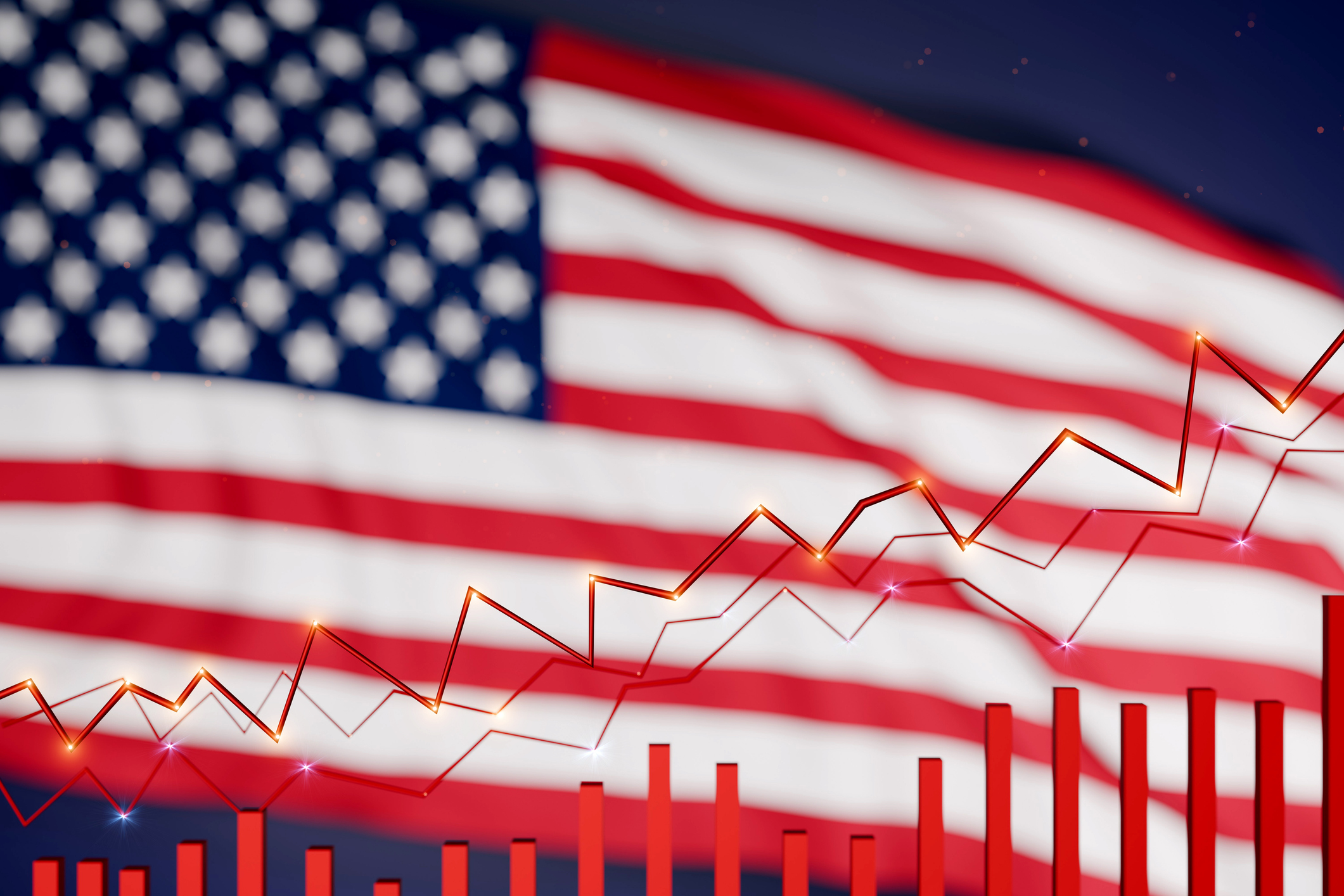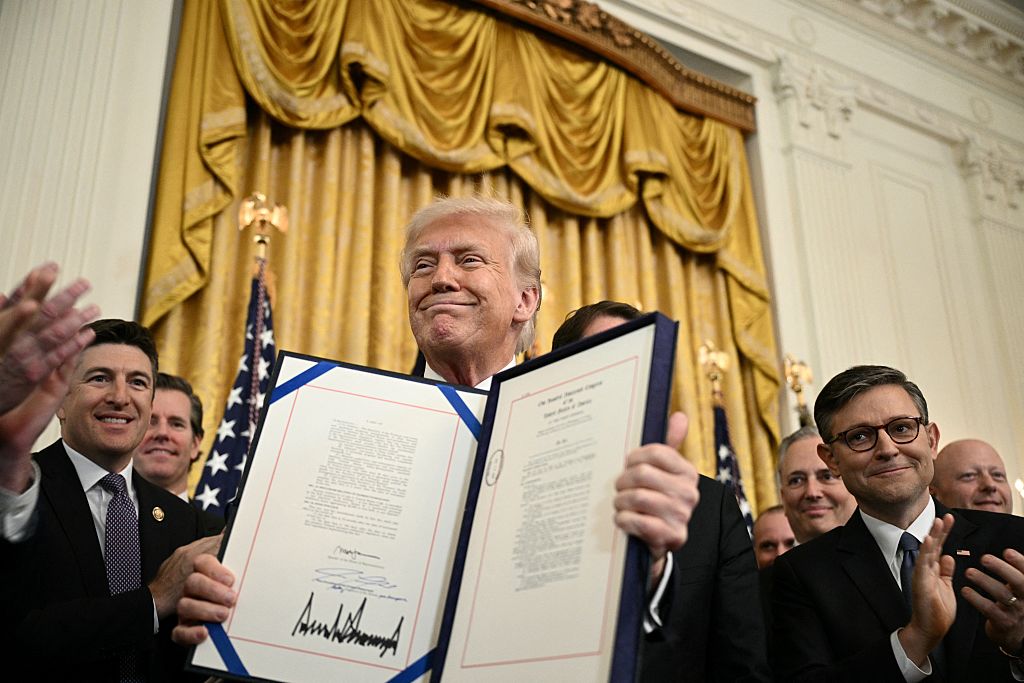Why helium is headed a lot higher
Shortages of key resources never last, but investors can profit with careful timing, writes Dominic Frisby

Every now and then, a niche commodity comes along: some rare yet essential substance that the world simply can’t get enough of. Small-cap natural resource companies (particularly Canadian ones), are quick to “pivot”, as the corporate jargon goes, and “focus” on said commodity. Word gets out that there is a shortage. Next thing you know, you have an investment mania. I’ve seen it happen with potash, graphite, rare earth metals, cobalt, vanadium, even marijuana (though quite how essential that is, I’m not so sure).
Such manias never last, but they can be very profitable if you get your timing right. And I think I’ve spotted the next one – helium. In fact, I’m quite pleased to have been early on this one, alerting readers at the start of 2019 that there was a looming supply-demand imbalance.
Why we’re short of helium
Despite its prevalence across the universe, helium is rare on Earth. It is usually found with oil and natural gas. The US is the world’s largest producer, accounting for roughly 40% of supply. However, the US National Helium Reserve in Amarillo, Texas, the world’s single largest source of helium for the past 70 years, is now exhausted. Where will the replacement helium come from?
MoneyWeek
Subscribe to MoneyWeek today and get your first six magazine issues absolutely FREE

Sign up to Money Morning
Don't miss the latest investment and personal finances news, market analysis, plus money-saving tips with our free twice-daily newsletter
Don't miss the latest investment and personal finances news, market analysis, plus money-saving tips with our free twice-daily newsletter
This question has been driving helium prices higher. Globally, the helium market is thought to be worth in the region of $2bn, so it’s not big. It’s also an over-the-counter market (rather than exchange-traded), so prices are hard to track. But US auction results show a 135% price rise in the past 12 months.
We associate helium with party balloons, but its uses are rather more high tech. It has the lowest boiling point of any element and is inert, so it’s used as a coolant in nuclear reactors, MRI machines and particle accelerators. It purges gas in rocket engine systems. Helium-filled hard drives boost capacity by 50% (long story short, helium takes up less space than air) and energy efficiency by 23%, so there is huge demand from data centres – TV streaming giant Netflix uses lots of it. Helium is also key to the manufacture of barcode readers, computer chips, semiconductors, LCD panels and fibre optic cable.
Lockheed Martin is developing hybrid helium cargo airships, which may be the trucks and ships of the future. Google’s Loon project aims to bring internet access to rural and remote communities worldwide, using an aerial wireless network of high-altitude, helium-filled balloons floating on the edge of space.
Investing in helium
The way to play all this is to buy helium explorers and producers. But these are in short supply too. In the UK, £8m market cap Aim-listed oil and gas group Solo Oil (LSE: SOLO) has a stake in Tanzanian explorer Helium One, but Solo is not a pure helium play and will rise and fall with its other oil and gas assets. Plus, like so many Aim-listed natural resource stocks, its share price keeps sliding. It was £21 in 2014. Now it’s £1.20.
So we have to look to the Canadian market. One option is Royal Helium (TSX-V: RHC), but I am wary of this one for various reasons. It has prospective licences in Saskatchewan, Canada. At one point this year it was a 3c stock. But now it’s more than ten times that. My preferred pick, and the one I own, is Desert Mountain Energy (TSX-V: DME). It has two large land packages in the US, one in Arizona and one in Oklahoma. It is well funded and the share structure is tight (60m shares, fully diluted – ie including options, warrants etc). Its market cap is C$50m.
Results are expected from its first drilling programme any day now. Be aware – a lot of good news is already priced in. The stock is up 500% this year. If the results are good, it will go up even more – perhaps not by another 500%, but still by a lot. If the results are bad, it won’t.
But watch this space. The helium mania is still young. If we see, by this time next year, ten listed helium stocks, we will know it’s time to make for the exit. In the meantime, let’s hope that helium does what it’s known to do: go up!
For more from Dominic, sign up for our free Money Morning email.
Get the latest financial news, insights and expert analysis from our award-winning MoneyWeek team, to help you understand what really matters when it comes to your finances.
Dominic Frisby (“mercurially witty” – the Spectator) is as far as we know the world’s only financial writer and comedian. He is the author of the popular newsletter the Flying Frisby and is MoneyWeek’s main commentator on gold, commodities, currencies and cryptocurrencies. He has also taken several of his shows to the Edinburgh Festival Fringe.
His books are Daylight Robbery - How Tax Changed our Past and Will Shape our Future; Bitcoin: the Future of Money? and Life After the State - Why We Don't Need Government.
Dominic was educated at St Paul's School, Manchester University and the Webber-Douglas Academy Of Dramatic Art.
You can follow him on X @dominicfrisby
-
 The most influential people of 2025
The most influential people of 2025Here are the most influential people of 2025, from New York's mayor-elect Zohran Mamdani to Japan’s Iron Lady Sanae Takaichi
-
 Millions of parents are missing out on up to £720 a year in extra pension cash – are you affected?
Millions of parents are missing out on up to £720 a year in extra pension cash – are you affected?A mum who narrowly missed out on the pension boost said she “never knew the government rule existed” and wants other parents to use it
-
 8 of the best properties for sale with indoor gyms
8 of the best properties for sale with indoor gymsThe best properties for sale with indoor gyms – from a four-storey mews house in London’s Knightsbridge, to a 1920s Arts & Crafts house in Melbury Abbas, Dorset
-
 Top stock ideas for 2026 that offer solidity and growth
Top stock ideas for 2026 that offer solidity and growthLast year’s stock ideas from MoneyWeek’s columnist and trader, Michael Taylor, produced another strong performance. This year’s stocks look promising too
-
 Market predictions for 2026: Will Dubai introduce an income tax?
Market predictions for 2026: Will Dubai introduce an income tax?Opinion My 2026 predictions, from a supermarket merger to Dubai introducing an income tax and Britain’s journey back to the 1970s
-
 Stock markets have a mountain to climb: opt for resilience, growth and value
Stock markets have a mountain to climb: opt for resilience, growth and valueOpinion Julian Wheeler, partner and US equity specialist, Shard Capital, highlights three US stocks where he would put his money
-
 The steady rise of stablecoins
The steady rise of stablecoinsInnovations in cryptocurrency have created stablecoins, a new form of money. Trump is an enthusiastic supporter, but its benefits are not yet clear
-
 SRT Marine Systems: A leader in marine technology
SRT Marine Systems: A leader in marine technologySRT Marine Systems is thriving and has a bulging order book, says Dr Michael Tubbs
-
 Goodwin: A superlative British manufacturer to buy now
Goodwin: A superlative British manufacturer to buy nowVeteran engineering group Goodwin has created a new profit engine. But following its tremendous run, can investors still afford the shares?
-
 A change in leadership: Is US stock market exceptionalism over?
A change in leadership: Is US stock market exceptionalism over?US stocks trailed the rest of the world in 2025. Is this a sign that a long-overdue shift is underway?
